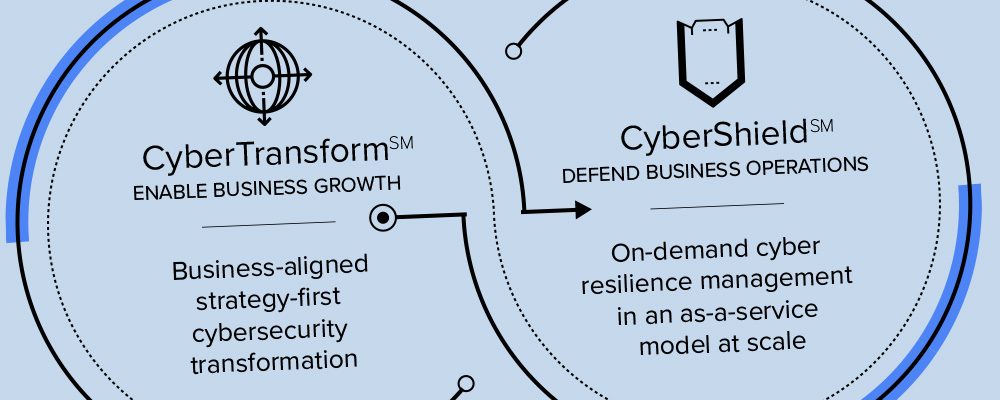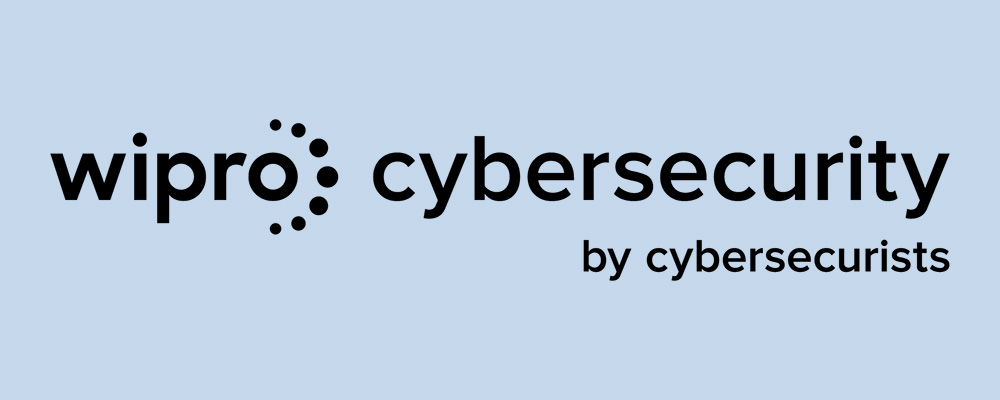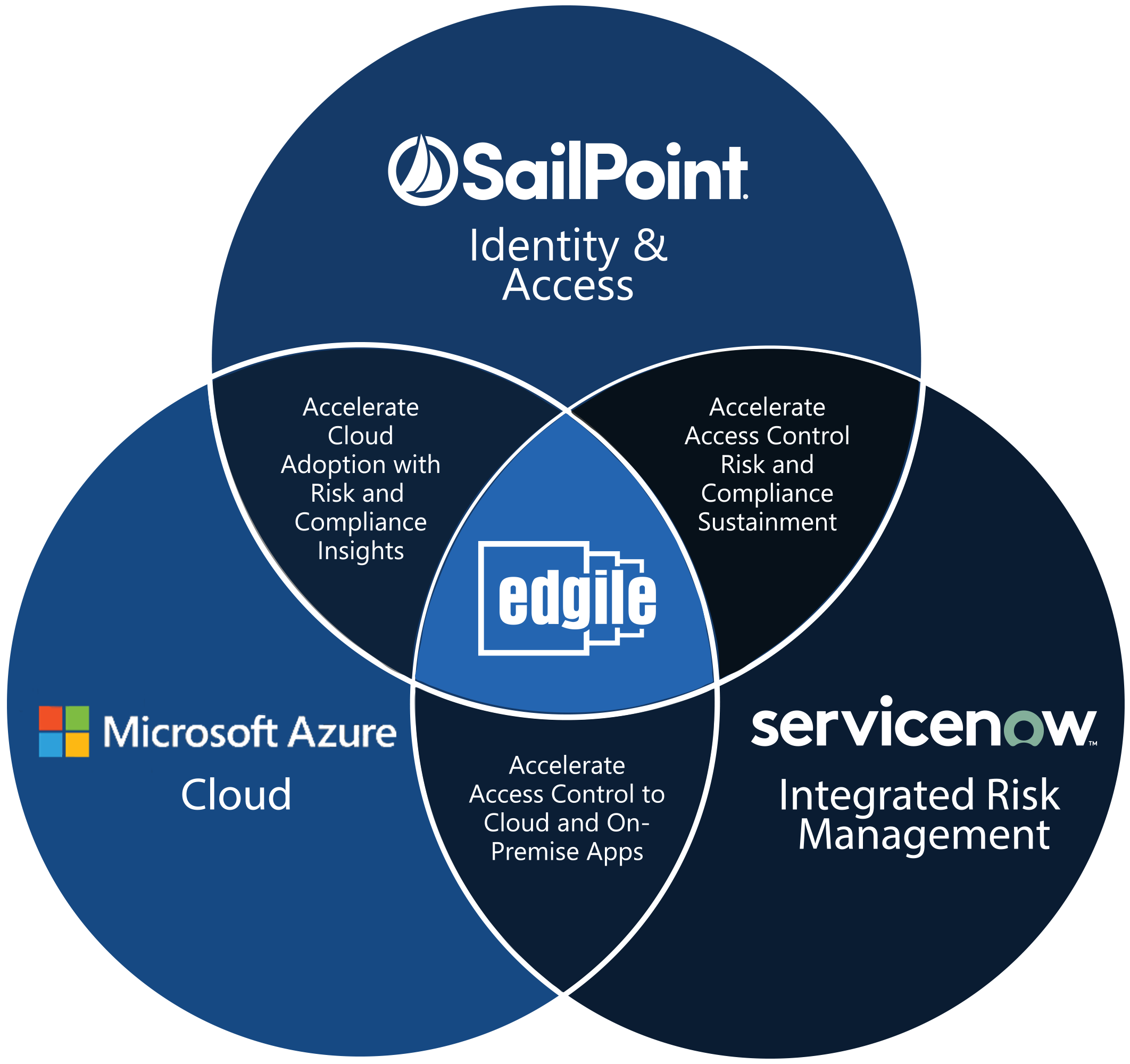
By Toby Emden, Managing Director & IAM Architect
Few IT transformation programs are as complex as IAM platform migrations. Most legacy environments have been heavily customized over the years, with no two implementations being the same. And now executives are increasingly having to deal with End of Life (EOL) announcements from key IAM platform vendors.
A growing number of companies are migrating legacy on-prem business applications to the cloud, which in turn is driving transformational change in the IAM space. Legacy identity stack vendors such as Oracle are continually EOL’ing on-prem (client installed) solutions as they shift their focus to the cloud, and CIOs and CISOs must be proactive in anticipating these changes, since complex IAM migrations can often take several years to complete.
“The very nature of a properly-deployed enterprise IAM program means that it will be integrated into a tremendous number of other apps and security defenses, including mobile and IoT,” said Lawrence Wolf, Edgile Managing Partner. “To replace such an IAM system without disrupting everything it supports is complicated. Fortunately, Edgile has managed many of these transitions for Fortune 500 and regulated companies and has devised a precise methodology to make it effective, secure and painless. That process includes requirements interviews with business stakeholders, developing an IAM Reference Architecture, the RFP process and selecting the most appropriate software, all leveraging the power of an agile project methodology approach.”
Because of the seismic changes now shaping the next generation of identity solutions, it is time for businesses still running legacy identity stacks to consider their IAM migration strategy. Migrating from one identity solution to another is a daunting prospect, particularly when replacing heavyweight offerings such as Oracle Identity Governance (OIG), which is built on a 20-year-old architectural foundation.
But there is a silver lining to consider. The high likelihood of legacy solutions being EOL’d presents an ideal opportunity for IT executives to replace them with modern, efficient alternatives that align to the disruptive and emerging trends that are shaping the Cybersecurity space.
Let’s consider, for example, one of the lost common IAM migration scenarios we’ve encountered—OIG to SailPoint. Most OIG environments have been heavily customized over the years. In our experience, every OIG implementation is unique due to the immense complexity of the product. For this reason, and because of the vast architectural differences between systems such as OIG and IIQ/IdentityNOW, the options for automated migration are limited regardless of what some vendors will claim. Therefore, engaging a partner with deep technical expertise in both legacy and next-generation identity solutions is critical to a successful migration.
Edgile has helped many Fortune 500 companies transition to more effective—and customized—identity packages. If you’re considering such a move, we would love to connect you with one of our IAM transition experts and discuss your options.











